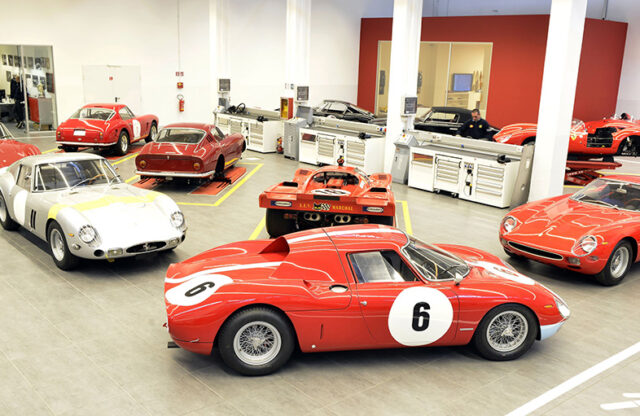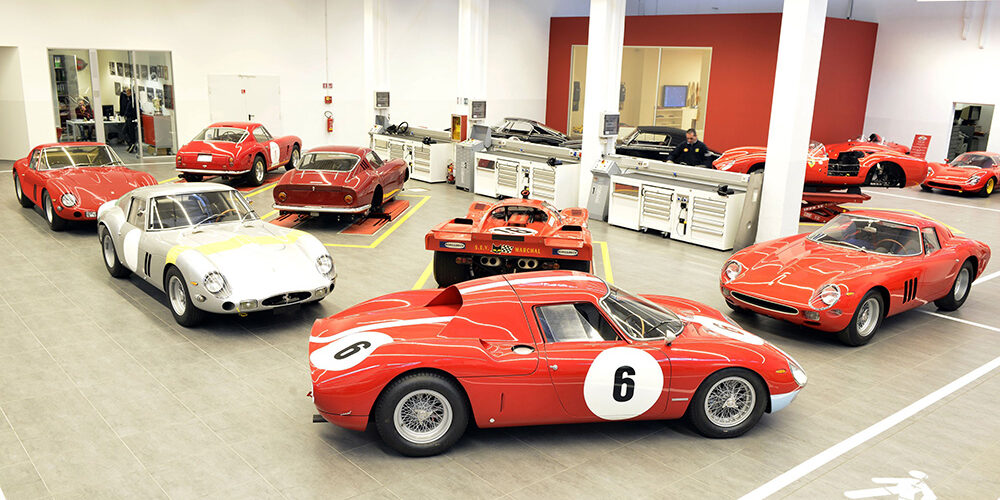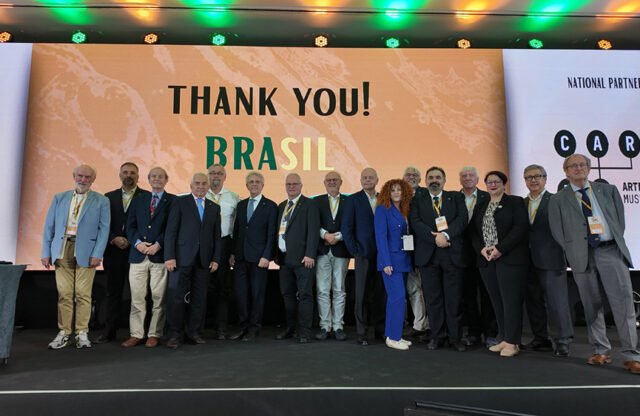Italy’s recent Auto e Moto d’Epoca 2025 event played host to an historic announcement: the Fédération Internationale des Véhicules Anciens (FIVA) and Ferrari Classiche have stated that from now on, all cars with a Ferrari Certificate of Authenticity will also have FIVA ID cards.
For the uninitiated, FIVA ID cards contain a car’s specifications and history plus its restoration and modification notes. And as FIVA vice-president and technical commission president Laurent Hériou clarified: “The main factor is preservation. The vehicle must be preserved as close to its original configuration as possible – we don’t deal with modified or transformed vehicles.”
Hériou sees a distinction when it comes to copies or replica. “A replica is typically produced by the manufacturer or under their authorisation, whereas a copy is made by someone else,” he said. “For example, a D-type made by Jaguar is a replica, while one built by another company is a copy, even if it’s perfect.”
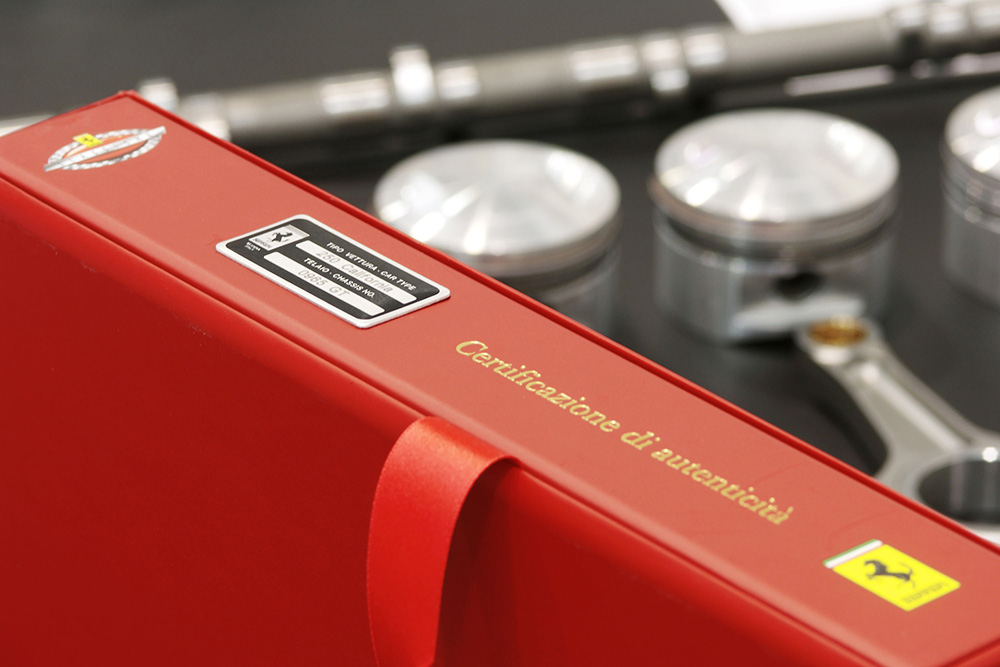
FIVA instead focuses on preservation and traceability, Hériou explained: “The more information we have about a vehicle, the better. This is especially important for significant cars, such as certain Ferraris, where authenticity can be complex. We work with recognised experts, the ones who truly know the cars.”
He continued: “The Ferrari Classiche agreement is an important recognition for us because the information comes directly from the manufacturer. I’ve visited the Ferrari Classiche archives – they have everything, from day one. We aim to extend this model to other manufacturers, because who knows better than they do?”
The ID is managed digitally, via a system that’s been in operation since August 2023. “It’s designed to be simple and intuitive, especially for older users. It runs on the Laravel system, which allows customisation and continual improvement,” Hériou said. However, FIVA also puts a big emphasis on scrutineering. “Getting an ID is not automatic – vehicles must be physically inspected to confirm that what’s declared matches what we see.”

FIVA has a network of scrutineers as well as collaborations with organisations such as the Mille Miglia Registro. “We hold inspection days twice a year to check vehicles and cross-check with their database to ensure authenticity. It’s vital, and I must say the Italians are very professional in this regard,” Hériou said.
FIVA works hard to keep the data locked down. “We can share vehicle information, but never owner details unless the owner authorises it. For example, a car’s windscreen sticker includes a QR code that, when scanned, reveals only basic information – make, model and year. Access levels vary depending on authorisation,” Hériou explained. Obtaining an ID card costs €170, plus scrutineering expenses.
The agreement with Ferrari sees the first formalisation of such an agreement with FIVA, but the latter is already in contact with many other marques. “Whenever we encounter something we can’t verify, we reach out directly to the manufacturer’s heritage departments – BMW, Mercedes-Benz, Peugeot, Renault, Porsche and so on,” Hériou told Magneto magazine. “When the manufacturer no longer exists, we work with marque clubs or historians who manage the archives. For example, James Wood in the UK oversees the Invicta records, which were managed by his father before him.”

In cases where factory records have been destroyed – such as Alfa Romeo’s pre-war history – FIVA turns to recognised experts. “Sometimes there are conflicting records, as with Bugatti, where several registries exist across Europe,” Hériou said. “When the evidence is uncertain, we note it with an asterisk in the database until better information emerges.”
He is keen to engage the next generation – as he readily admits, many of today’s experts are getting older and their knowledge risks becoming lost. He also sees strengthening partnerships with manufacturers and event organisers as a key part of the ID cards’ future. “Some, such as the Mille Miglia, already see the value in working with us to simplify verification. Not all organisers understand that yet, but we’ll continue building those relationships,” he told us.
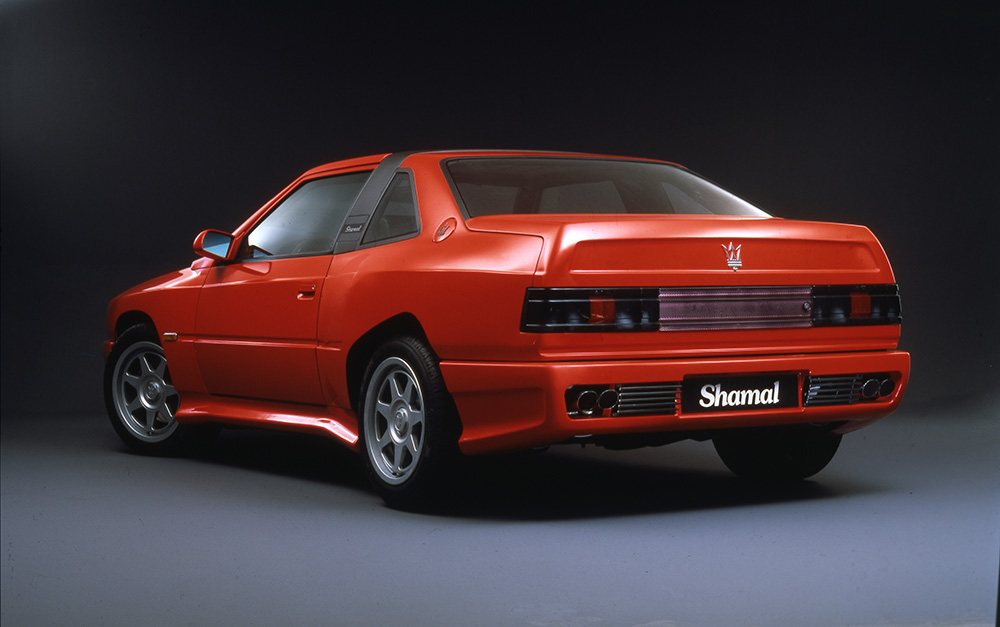
Next comes the question of the upcoming transformation of 1980s and 1990s cars from being what FIVA describes as ‘youngtimers’ of 29 years old and younger, into ‘historic’ vehicles. Hériou sees maintaining originality with regards to plastic parts and circuit boards as a real challenge.
“We’re working with a German company called Eucon, which has access to parts databases from manufacturers and suppliers,” he explained. “We’re integrating our systems so that when people apply for FIVA ID cards, we can cross-reference original parts and suggest verified equivalents where necessary. We’re also exploring the role of 3D printing for reproducing unobtainable parts, although FIVA itself doesn’t supply or manufacture them. Our role is to facilitate accurate information.”
Asked whether FIVA would consider certifying the quality of 3D-printed or reproduced parts, Hériou says it’s not FIVA’s core mission, but the organisation could identify the appropriate certification body to ensure quality. “It’s important that any reproduction parts meet proper standards, even if not produced by the original manufacturer,” he added.
Looking more broadly, FIVA is to introduce a new programme called the Vehicle of Historical Significance (VHS), inspired by its Hall of Fame prizes given to individuals. “FIVA now operates in 80 countries, and not all have the same level of automotive heritage – we’re looking to recognise vehicles important to each nation’s history, whether because they were locally built, historically significant or owned by notable people,” Hériou explained.
“For example, Norway chose a 1939 Buick once gifted to the King and Queen, and later used during the pandemic to visit citizens on their national day. It’s a lovely way to celebrate not just cars, but the human stories behind them.”
For more information on FIVA, head here.
